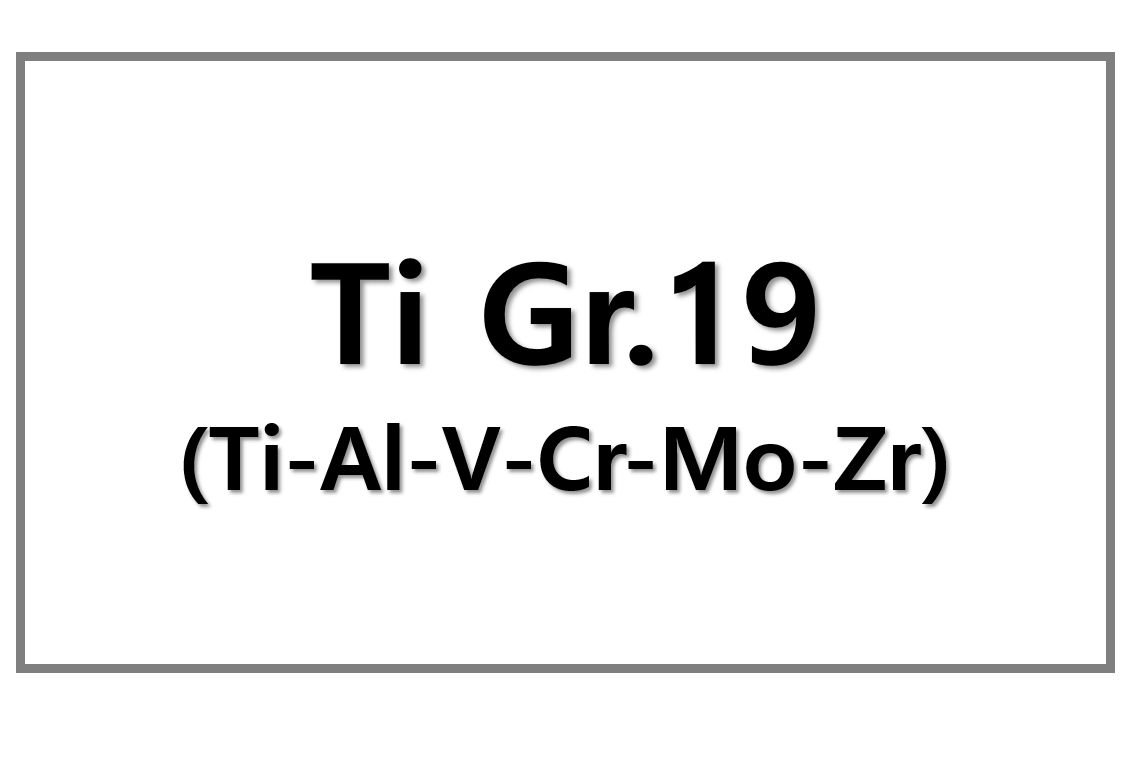
Safran, operating through its joint venture CFM International with GE Aerospace, reported a decline in LEAP engine deliveries for the third quarter of 2024. Specifically, they delivered 365 LEAP engines. Consequently, this reflects a drop of 24 units compared to the previous year. Primarily, lower deliveries of the LEAP-1B engines to Boeing, coupled with high-pressure turbine (HPT) blade yield issues affecting the Airbus variant of the LEAP-1A engine, caused this decline. However, Safran did report sequential growth of 68 units from the second quarter, primarily due to improvements in HPT blade yields.
Boeing’s Production Cuts Result in Engine Surplus
Boeing’s reduced 737 Max production, which stems from systemic production problems, federal limits, and ongoing labor strikes, created an oversupply of LEAP-1B engines. Therefore, Safran estimates that Boeing’s inventory surplus is in the “three-digit” range, though they refrained from providing more specific figures. Notably, these production challenges at Boeing directly affect the timely delivery of engines, thus creating a backlog that Safran now works to manage.
HPT Blade Improvements and Future Certifications
Significantly, Safran progresses with its HPT blade technology to address production challenges. For instance, the LEAP-1A HPT blade, expected to receive certification in the coming weeks, will initially serve the maintenance, repair, and overhaul (MRO) market. Additionally, Safran has made progress on the LEAP-1B HPT blade, which is scheduled for certification by the end of 2025. These advancements are essential to stabilize LEAP engine supply and to meet the increasing demand from both Boeing and Airbus.
Production Adjustments and Inventory Management at Airbus
Subsequently, Safran adjusts its production lines to respond to engine manufacturing constraints. Accordingly, the company noted a buildup of low-pressure modules due to LEAP engine production limitations. Therefore, to avoid excessive inventory, Safran manages its stock carefully while preparing for anticipated production ramp-ups at both Airbus and Boeing. This strategy aims to ensure Safran meets future delivery targets and prevents shortages or overstocking issues.
Positive Performance in Landing Gear and Nacelle Deliveries
Despite engine delivery challenges, Safran reports positive results in other areas of its aerospace business. Specifically, A320 landing gear deliveries reached 142 units, down 11 from the previous year. A350 landing gear deliveries remained flat at 11 units, though they fell below expectations. Conversely, A320neo nacelle deliveries increased by 25% to 159 units. Moreover, 787 landing gear deliveries more than doubled to 14 units, unaffected by Boeing’s 737 Max production challenges.
Financial Growth from Aftermarket Services
Even with engine delivery setbacks, Safran posted strong financial results for the quarter, largely due to robust demand in its civil aftermarket services. In particular, the company reported a 14% increase in revenues, reaching €6.6 billion ($7.1 billion). Significantly, the 20% rise in propulsion aftermarket services, including engine maintenance and repairs, contributed to this growth. Finally, Safran is cautiously optimistic about resolving its supply chain challenges, expecting Boeing’s labor strike to conclude in the coming weeks. However, the company indicates that full normalization of the supply chain will not occur until after 2025. Therefore, Safran closely monitors 20 critical suppliers to ensure continued stability and meet future demand, especially as they prepare for future production ramp-ups. These supply chain dynamics influence specialty metal markets, which SuperMetalPrice tracks closely.











Leave a Reply
You must be logged in to post a comment.